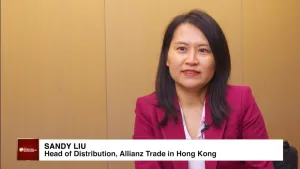
Hong Kong ranked as Asia’s most rent-burdened housing market
Whilst the ratio of apartment prices to earnings dropped from 26.5 in 2022 to 23.4, it remains second-worst among all cities surveyed.
Hong Kong remains one of the least attainable housing markets in the Asia Pacific, with median rents now consuming 72% of median monthly income, the highest rent burden in the region, according to the 2025 ULI Asia Pacific Home Attainability Index.
The report revealed that whilst the ratio of apartment prices to earnings dropped from 26.5 in 2022 to 23.4 in 2024, it remains second-worst among all cities surveyed.
The situation is especially bleak for renters: not only are rents consuming most of household income, but average living space per person has shrunk to 17 square metres, among the lowest in Asia.
Driving the rent surge is an influx of Mainland Chinese professionals under the Top Talent Pass Scheme. Over 92,000 applications were approved by the end of 2024. Many of these migrants have opted to rent, reversing population declines and pushing demand well beyond supply.
Compounding the issue, public housing remains inaccessible to many. Wait times for government-subsidized housing averaged 5.3 years in 2024. Although 30% of Hongkongers live in public housing, low turnover and tenancy abuse have hampered access. Authorities recovered 7,000 units between 2022 and 2024, but the scale of need remains overwhelming.
In response, the government has rolled back stamp duties—including the 15–20% Special Stamp Duty and 7.5% levies for non-residents and second-home buyers—in a bid to reignite a slumping property market.
The move spurred a 22% jump in transaction volumes, but failed to lift prices or improve attainability.
Meanwhile, housing completions have outpaced historical averages, but the pipeline is thinning. Housing starts have dropped below long-term norms, and land sales have slowed—just four residential sites were sold in 2024. Developers now hold 28,000 unsold units, signaling deeper structural issues.
The city is also under scrutiny for its subdivided housing sector, with 110,000 micro-units housing about 220,000 people.
New regulations aim to ban units smaller than 8 square metres or lacking basic amenities. Critics warn this could displace vulnerable tenants without sufficient alternative housing in place.



















 Advertise
Advertise









